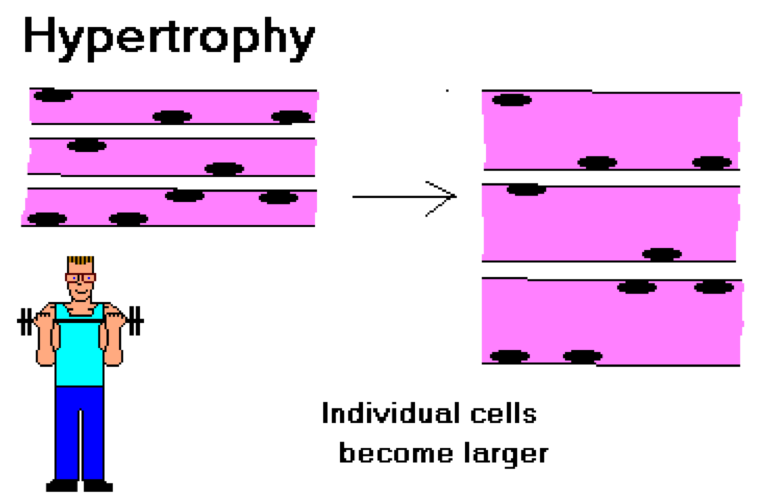8 3.2 Exercise and Cardiac Hypertrophy
There exist many factors that may positively or negatively impact the cardiovascular system, such as environmental exposure, dietary lifestyle, drug use, medication intake and exercise. For example, radiation therapy causes a rise in coronary artery disease-related deaths (Mone et al.). Additionally, in young adults, cocaine intake negatively affects heart rates and generally results in ventricular tachycardia (Mone et al.). Furthermore, a high-salt diet increases an individual’s chances of suffering from cardiac failure, hypertension, stroke and cardiovascular disease (Meneton et al.). Lastly, various forms of statin medications intended to decrease levels of LDL cholesterol have been proven to reduce heart injury by approximately 60% (Law).
Currently, experimental research has been actively focusing on the role of exercise on the cardiovascular system. Following cardiac injury, exercise is being evaluated as a potential therapeutic treatment method in mice in order to induce cardiac regeneration. In addition to cardiomyogenesis, exercise has recently shown to impact cardiomyocyte size by increasing its morphology (Vujic et al.). In other words, exercise generates cardiac hypertrophy and as a result, thickens the myocardium. This phenomenon has many beneficial outcomes including efficient and effective pumping of blood throughout the body due to a thicker layer of cardiac muscle (Lavie et al.).

